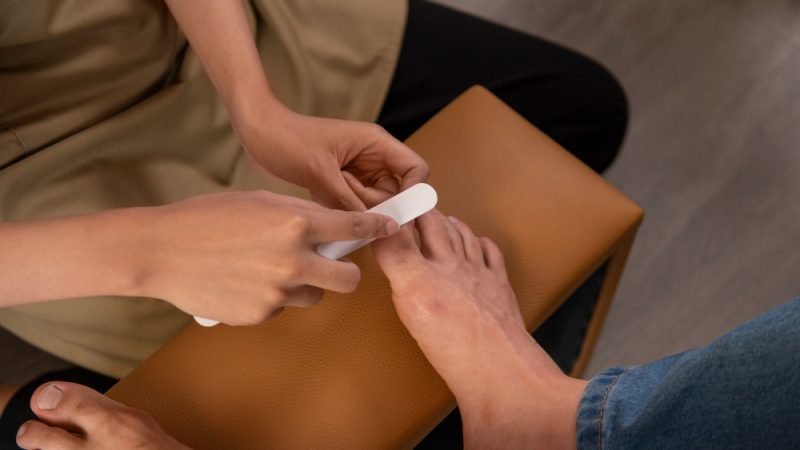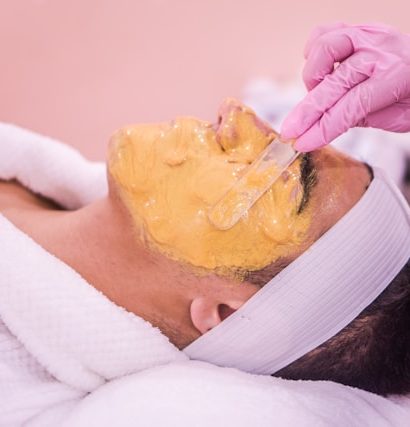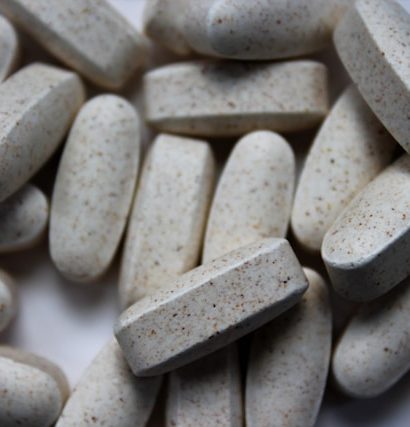Our feet carry us through every step of life, Foot File yet they often bear the brunt of our daily activities. Calluses, rough patches, and dry skin can make even the simplest walk uncomfortable. A quality foot file can be a game-changer, and knowing how to use it properly can elevate your at-home foot care routine to professional standards. We’ve consulted leading podiatrists to bring you these nine pro tips, along with essential insights and best practices. Follow their expert advice to keep your feet soft, healthy, and ready for any adventure.
1. Understand Your Skin Type Before Filing
Every foot is unique. Dr. Elena Martinez, DPM, emphasizes the importance of assessing your skin condition before picking up a foot file. Dry, flaky heels will require a gentler, more moisturizing approach, whereas thick, hardened calluses may need a firmer tool. Look for evidence of cracks or bleeding—if present, consult a professional before attempting any at-home filing.
2. Choose the Right File Material
Not all foot files are created equal. According to Dr. Michael Turner, DPM, a stainless-steel file provides durability and precision for thick calluses, while ceramic or pumice-based files offer a gentler option for maintenance and sensitive skin. Consider dual-sided files that combine coarse and fine grits for a customizable experience.
3. Soak and Soften: Prep Is Key
Podiatrist Dr. Sophia Liang recommends soaking your feet in warm water for at least 10–15 minutes before filing. Adding Epsom salts or a gentle foot soak solution helps soften hardened skin, making it easier to remove without excessive force. A softening soak also reduces the risk of skin tears and discomfort.
4. Use Light, Even Strokes
It’s tempting to apply heavy pressure, but Dr. Aaron Caldwell warns against aggressive scrubbing. Instead, use light, even strokes, focusing on problem areas with consistent motion. This method prevents over-filing and reduces the chance of creating raw, irritated skin.
5. Follow the Natural Contours of Your Foot
Leading podiatrist Dr. Priya Natarajan advises aligning your file with the foot’s natural curves. Filing perpendicular to skin folds can cause cracking or uneven surfaces. Maintain a slight angle, moving from the heel toward the ball of the foot to promote smooth, natural results.
6. Don’t Overdo It: Frequency Matters
While a foot file can deliver satisfying results, overuse can compromise skin integrity. Dr. James Lin recommends limiting intensive filing sessions to once every 1–2 weeks. For maintenance, switch to a gentle pumice stone or exfoliating foot file every few days to keep rough spots at bay.
7. Clean and Sanitize Your File Regularly
A clean tool ensures safe treatment. Bacteria and fungi thrive in damp environments, so Dr. Laura Green suggests washing your file with warm soapy water after each use, then disinfecting with isopropyl alcohol. Allow it to air dry completely to prevent microbial growth.
8. Moisturize Immediately After Filing
Filing disrupts the skin’s surface, making it more receptive to hydration. Within five minutes of finishing, apply a rich, urea-based foot cream to seal in moisture and reinforce the barrier. Ingredients like shea butter, glycerin, and ceramides help restore softness and reduce future callus formation.
9. Combine Filing with Professional Pedicures Wisely
Home care is essential, but periodic professional attention ensures optimal foot health. Dr. Natalie Wong recommends a podiatric evaluation every 6–12 months for individuals with diabetes or circulatory issues. Outside of medical appointments, a cosmetic pedicure every 8–10 weeks can keep nails groomed and cuticles healthy without compromising the skin.
10. Troubleshooting Common Filing Issues
Even with expert guidance, you might encounter hiccups. If you experience redness or mild irritation, reduce pressure and frequency. For persistent hard spots, switch to a coarser grit file briefly, then return to fine-grit maintenance. If you notice deep cracks or bleeding, pause filing and consult a podiatrist for professional treatment.
Conclusion
A foot file is more than just a grooming tool—it’s an essential component of proactive foot health. By selecting the right file, preparing your feet properly, and following these nine pro tips from leading podiatrists, you’ll maintain soft, healthy feet and prevent common issues before they escalate. Embrace these practices as part of your regular self-care routine, and you’ll be walking on clouds every day.
FAQs
1. How often should I use a foot file on my feet?
For intensive callus removal, limit sessions to once every 1–2 weeks. Use a gentler pumice-based file or stone every 3–4 days for maintenance.
2. Can foot files cause infection?
When used properly—cleaned and sanitized after each use—the risk of infection is minimal. Avoid filing broken or inflamed skin, and always disinfect your tool.
3. What file grit is best for sensitive skin?
Choose fine-grit ceramic or pumice files (600–800 grit equivalent) to gently exfoliate without causing micro-tears in sensitive areas.
4. Should I file dry feet or wet feet?
Always soak your feet in warm water for 10–15 minutes first to soften the skin. Filing dry feet can lead to uneven removal and skin irritation.
5. Are there any conditions where I should avoid using a foot file?
Individuals with diabetes, circulatory disorders, or neuropathy should consult a podiatrist before at-home filing to prevent complications.
Also read : Rose Water Toner: 9 Secrets to Prolong Your Glow





